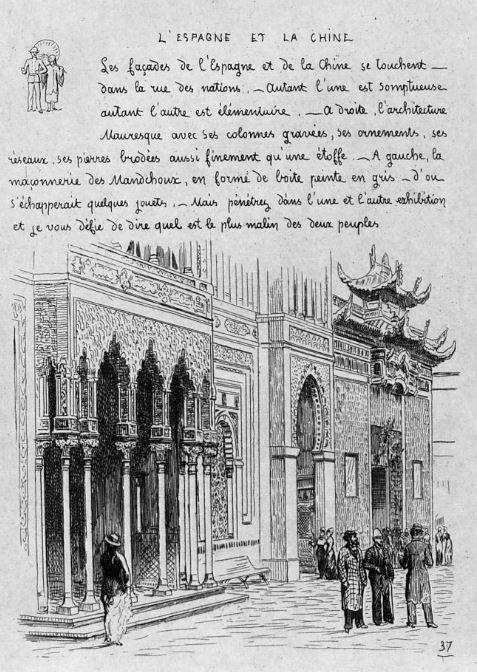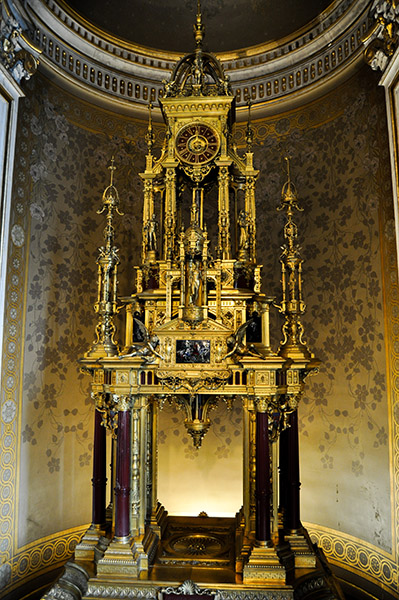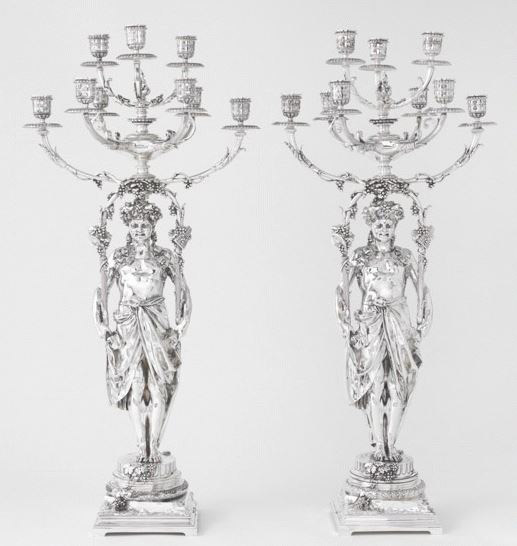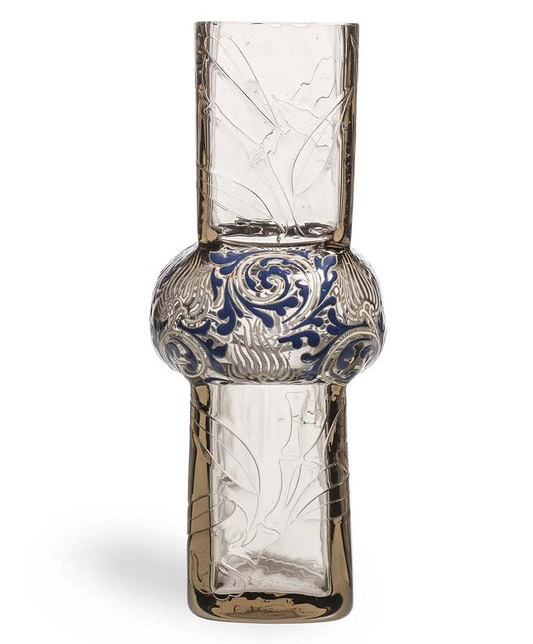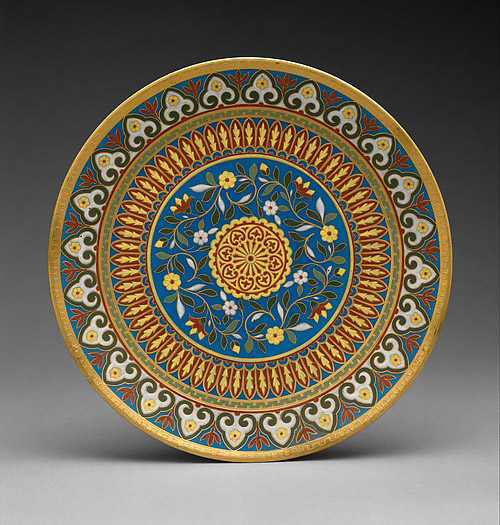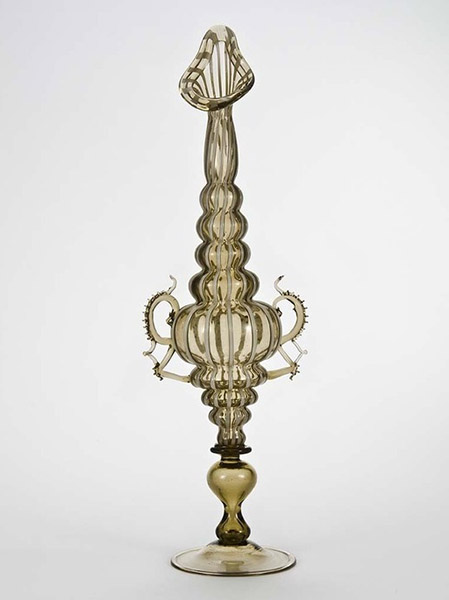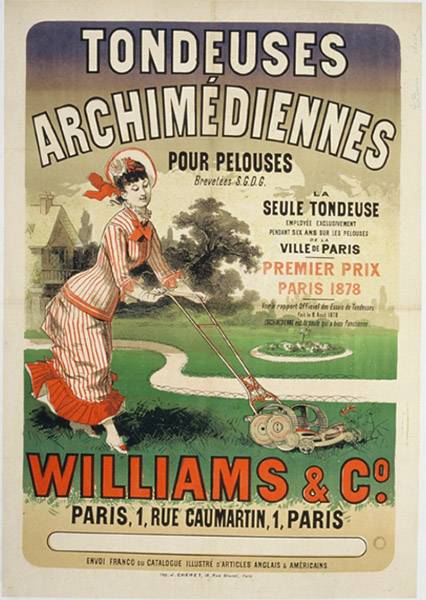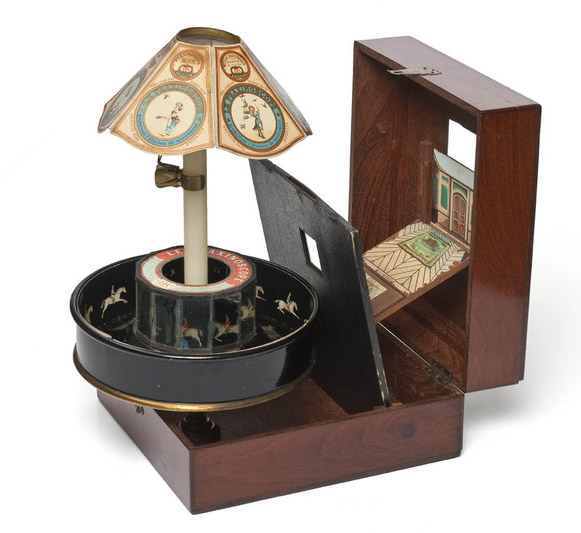World's Fair of 1878
Download PDFThe Third Republic was proclaimed in 1870, and a new World’s Fair was organized in Paris to present the new face of France to the world. The Palais du Trocadéro, designed by Gabriel Davioud and Jules Bourdais, is an impressive iconic architecture of the Exhibition.
Mac Mahon receives the crowned guests invited to the event, while the exhibition pieces are gathered at the Palais de l'Exposition. He inaugurated the World’s Fair surrounded by the statues of the six continents (South and North America having two distinct statues), which today decorate the forecourt of the Orsay Museum in Paris. These bronze statues were made by renowned artists such as Schoenewerk, Hiolle, Mathurin Moreau, Delaplanche, Falguière and Millet.
Among the most famous attractions, visitors could enter the head of the Statue of Liberty, before it was sent to New York, and fly in hot air balloons, with free balloons and the large captive balloon of Henri Giffard. At this exhibition, the public discovers the Praxinoscope by Emile Reynaud (given a “honorable” distinction), the latest evolution of the animated image before the invention of the cinema by the Lumière brothers; Or the Archimedean mower (silver medal), used by the City of Paris for the maintenance of its lawns. Finally, the Wallace Fountains, the first of which was installed in Paris in 1872 to combat insalubrity, are multiplied to the number of 57 for the occasion.
The national pavilions of this exhibition are gathered in an Alley of the Nations, side by side. Several pavilions have been preserved in the vicinity of Paris, like the pavilion of India, always visible in Courbevoie. The Russian pavilion, a replica of the house where Peter the Great was born, was reassembled in Nogent-sur-Marne.
Fourdinois and Barbedienne remain the undisputed masters of the French decorative arts, in their respective fields: cabinetmaking and bronze art.
Barbedienne presents a monumental neo-Renaissance style clock, decorated with enamels by Alfred Serre, which earned him a gold medal.
In the furniture class, Fourdinois is thus rewarded with a Great Medal, as is the British Graham & Johnson. Jules Loebnitz wins a Gold Medal for his Door of the Fine Arts, realized with Paul Sédille.
A plethora of French founders are rewarded, starting with Val d'Osne and Barbedienne, who are awarded two gold medals, as well as the Toledo Manufactory and the Russian Paper Making Factory. Boyer, Dasson, Denier, Graux, Lérolle, Levy, Bouhon, Peyrol ... the names are numerous, and the jury punctuates the list with a few names from Austria-Hungary, England, China and Russia.
Among the coworkers, some are personally awarded with medals : Ferdinand Levillain, Constant Sévin, Joseph Chéret and Alfred Serre.
In ceramics, a Medal of Honor is awarded to Japan, and a Grand Prix for the French Théodore Deck and Bapterosses. China and England are also largely rewarded. Emile Gallé, who became a great actor of Art Nouveau, exhibited in 1878 a beautiful Japanese vase inspired by the prints of Hokusai, "La Carpe".









